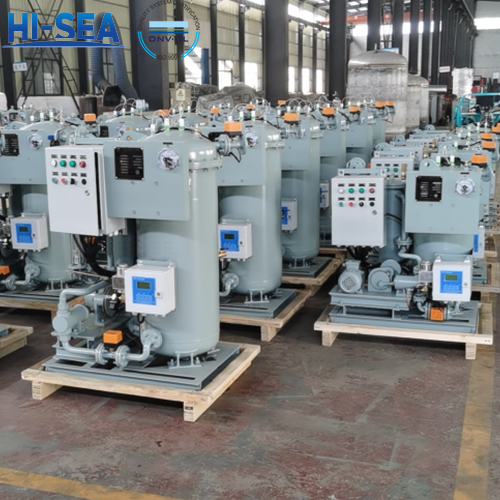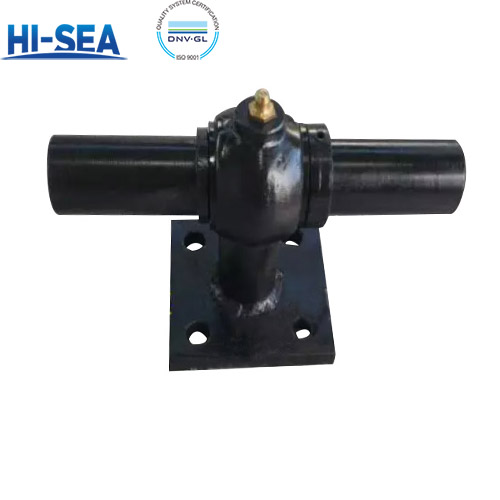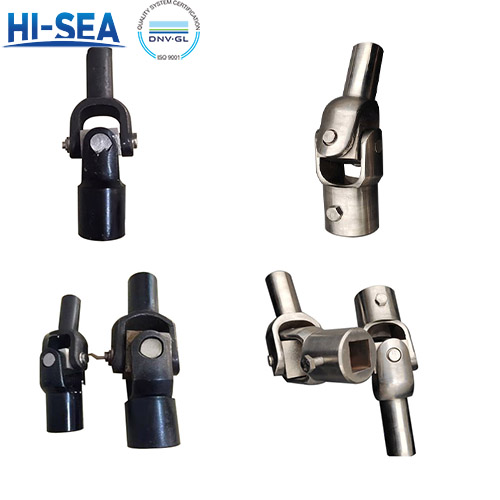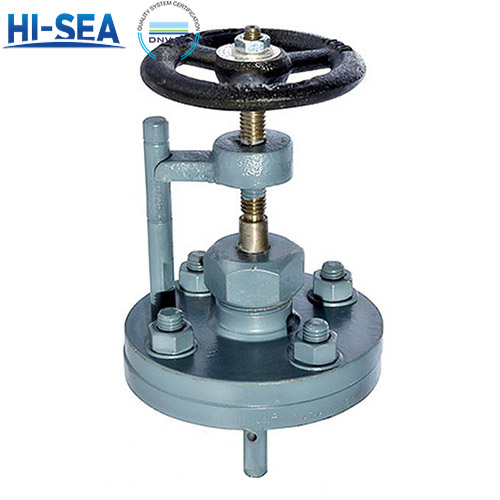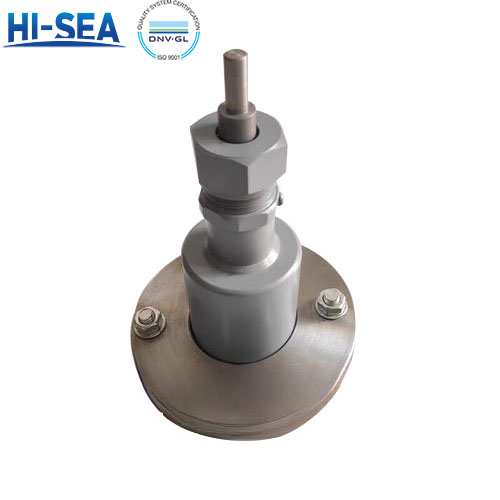
Understanding the Marine Oily Water Separator
Marine oily water separator is a kind of sewage treatment equipment specifically used in ships or marine industry. It is used to separate the mixture of oil and water in the bilge water of ships into their respective components. They will treat the bilge water in the ship's sewage tank and discharge it into the marine environment, and these wastewater discharges must meet the requirements stipulated in IMO.MEPC.107(49). This article will introduce the structure, function and basic principle of the oil-water separator on ships for you.
Overview
What is bilge water
To understand Marine oil-water separators, it is inevitable to first understand what is ship bilge water, the following is the composition of bilge water and possible ways of production:
Composition:
Various oils: such as the leakage and residue of lubricating oil, fuel, etc.
Moisture: including condensate water, flushing water, rainwater, etc.
Impurities: such as metal debris, dust, solid particles, etc. generated by machine wear.
Microorganisms: There may be some microorganisms that breed in the bilge water.
A small amount of chemical substances: It may come from the chemical substances generated or brought in during the operation of some equipment.
The ways of production:
Leakage of machinery and equipment: such as the leakage of lubricating oil, fuel, etc. of various equipment.
Condensate water during the operation of equipment: Some machines will generate condensate water during the working process and accumulate it at the bottom of the cabin.
Flushing water: The water containing impurities and a small amount of oil generated after flushing areas such as the engine room will gather at the bottom of the cabin.
Rainwater leakage: Rainwater seeps into the cabin through some gaps in the hull.
The sloshing of the hull causes oil and water to mix: The sloshing of the ship during the voyage may cause some oil and water to mix and accumulate at the bottom of the cabin.
What is marine oily water separator
Summarize:
Marine oil-water separator is a device used to treat oily sewage in the engine room of ships. During the operation of ships, some oily sewage will be generated in the engine room, such as oil leakage of machinery and equipment, and flushing wastewater. If these oily sewage are directly discharged into the ocean, it will cause serious pollution to the marine environment. The main function of the marine oil-water separator is to separate the oil and water in these sewage. It usually uses physical principles, such as gravity separation and coalescence separation, to make the oil droplets gather and float up, so as to achieve effective separation of oil and water. The treated water can only be discharged into the ocean after its oil content reaches the relevant discharge standards. For example, when the oily sewage in the ship's engine room enters the oil-water separator, through a series of separation processes, most of the oil is separated out, and the relatively clean water can be safely discharged out of the ship, reducing the pollution hazard of the ship to the marine environment. It has great significance for protecting the marine ecological environment and complying with relevant environmental protection regulations.

Main component structure:
The composition structure of a marine oil-water separator usually includes the following main parts:
Sewage inlet and pre-treatment part: The passage for oily sewage to enter, and there may be preliminary filtering and other pre-treatment devices.
Separation chamber: This is the core area for oil-water separation, such as the gravity separation chamber, etc., to realize the separation of oil and water by using the above principles.
Coalescing elements or devices: Components that help oil droplets coalesce and become larger.
Filtering device: To further filter impurities and residual oil droplets.
Oil content detection device: Used to detect whether the oil content in the separated water meets the standard.
Discharge device: The passage for the treated water that meets the standard to be discharged.
Oil collection chamber or oil collection device: To collect the separated oil sludge, etc.
In addition, it may also include some control systems, pressure or capacity meters, and pumps, etc., to ensure the normal operation of the equipment and monitor the separation effect. Different types and models of marine oil-water separators may vary in specific structure, but basically all contain these main parts to realize their functions.

Basic principle
The principles of marine oil-water separators mainly include the following common methods:
Gravity separation principle: Utilizing the density difference between oil and water, when oily sewage is at rest or flows slowly, oil droplets will gradually float up due to the gravitational force and separate from the water.
Coalescence separation principle: Through special coalescing materials or devices, small oil droplets are coalesced into larger oil droplets, which is more conducive to the floating separation of oil droplets.
Filtration separation principle: Using a filtering medium to intercept oil droplets and impurities in the sewage to achieve the effect of oil-water separation.
Air flotation separation principle: Introducing air or other gases into the sewage to form tiny bubbles, and the oil droplets adhere to the bubbles and rise to the water surface together to achieve separation.
In practical applications, usually a combination of multiple principles is used to improve the efficiency and effect of oil-water separation. For example, preliminary separation is carried out through gravity separation first, and then coalescence or air flotation is used to further improve the separation effect, and finally, through filtering and other links to ensure that the oil content of the discharged water meets the standard. Such comprehensive application can handle ship oily sewage more effectively and protect the marine environment.
Conclusion
Congratulations on reading the whole article! I believe you must have a deep understanding of the structure and principles of Marine oily water separator.
If you still have questions, or have plans to purchase a Marine oily water separator, be sure to contact us. At the same time, you can also visit our Marine oily water separator home page for more in-depth understanding, thank you again for browsing!

